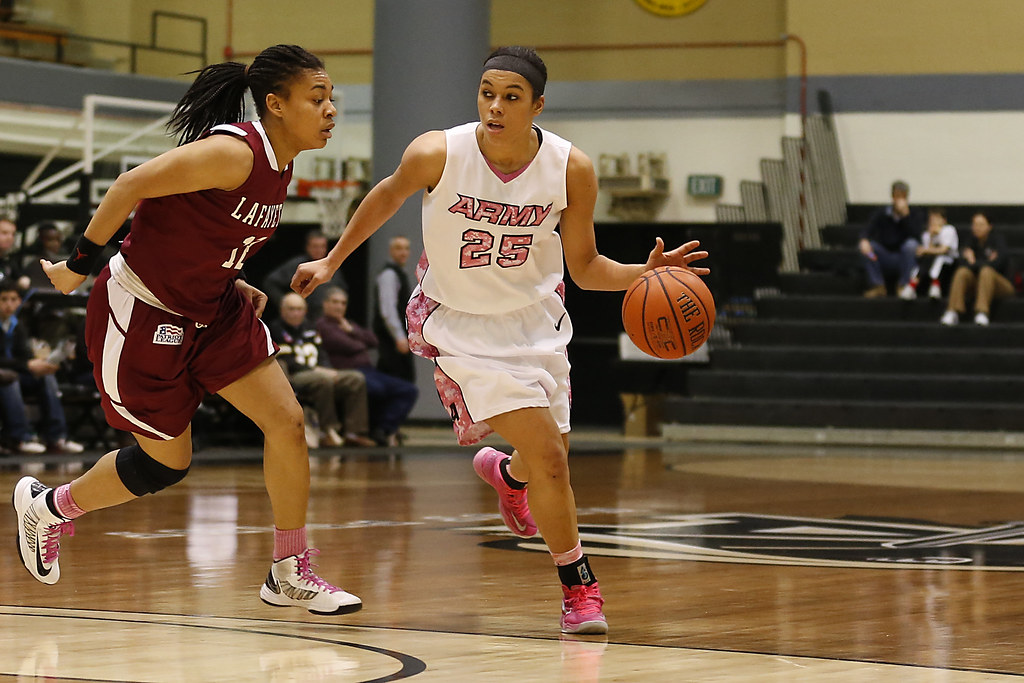As April showers roll in over much of the United States, what feels like endless rain puddles have forced a certain reflection on me, particularly about the previous month of March.
March is a month of transition. Snow begins to melt. Winter sports end and spring sports begin. And perhaps, most importantly, a new March Madness winner is crowned as the month nears its end. Any college basketball fan could not ask for a more thrilling final to the men’s tournament this year, with number 1 Kansas’ comeback to beat number 8 North Carolina 72-69 in New Orleans on Monday night.
As I type this, self-reflexivity kicks in. I want to slap myself as I come to realize that, like most of this country, I have equated March Madness only with the men’s tournament. How could I, a female athlete myself, overlook the epic and dominant victory of 64-49 that number 1 South Carolina had over number 2 University of Connecticut on Sunday night in Minneapolis?
The March Madness tournament is just one glaring example of the disparity in coverage between men’s and women’s sports in the U.S.
March is also Women’s History Month, and this year, longtime partner of the NCAA, Buick, launched an ad campaign called “See Her Greatness,” which celebrates female excellence in athletics. According to Buick, 40 percent of athletes are women, yet they receive less than 10 percent of media coverage. Even though women make up nearly half of the athletes in this country, they are only in the spotlight one out of 10 times.
With this statistic in mind, the analytics from this year’s championship game come as no surprise. The men’s final was streamed on TBS, CBS, TNT, and truTV and reached over 10.7 million viewers, with 17.0 share (households watching on the same TV)—a 13 percent increase from last year. According to the NCAA, there were an estimated 36 million brackets made for the tournament. Although the women’s game made headway compared to previous years, there are still glaring disproportions in the numbers.
The women’s championship was streamed on ESPN and ESPN2 and was the most watched final since 2004, with 4.85 million viewers. According to Forbes Magazine, only 1.5 million brackets were made for the women’s tournament. These numbers further support Buick’s findings that women’s sports are reaping the negative consequences of being historically underrepresented in the media.
This lack of exposure in the media trickles down to impact female athletes with inequities in sponsorships and pay. Think about the U.S. Women’s National Soccer Team. They just won their lawsuit over gender discrimination for compensation, bonuses compared to the men’s team, and overall training conditions with the U.S. Soccer Federation in Feb. This fight for equal pay was largely sparked by the women’s team’s frequent success compared to the men’s team. Yet, no one seemed to notice, or care, for the large disparity in pay and coverage.
They received a $24 million compensation and U.S. soccer declared they will provide an equal pay rate moving forward for men’s and women’s teams. Though this is certainly a victory in the realm of equality for women in sports, this equity has not yet found its way to other women’s sports, especially basketball.
According to ESPN, the 2021 WNBA playoffs average 367,000 views compared to 9.91 million views for NBA playoffs. Similarly, Yahoo Finance claimed the average WNBA salary is $120, 648, while the minimum NBA salary is $925, 258 and the average NBA player makes $7.5 million. There is obviously a correlation between media coverage and pay between the WNBA and NBA, and our female athletes deserve better.
This equity in coverage needs to start at the college level. A tournament like March Madness, which already has so much hype and excitement around it, is the perfect opportunity to not only expand but encourage more coverage and views to celebrate these women and the same hard work that they’ve put in throughout the year to get them to the tournament. With more exposure, these women can hopefully receive equality in pay, training conditions and sponsorships as their male counterparts.
March is mad no matter what. Would it be utter madness if we finally gave women the credit, coverage, and support they deserve?



